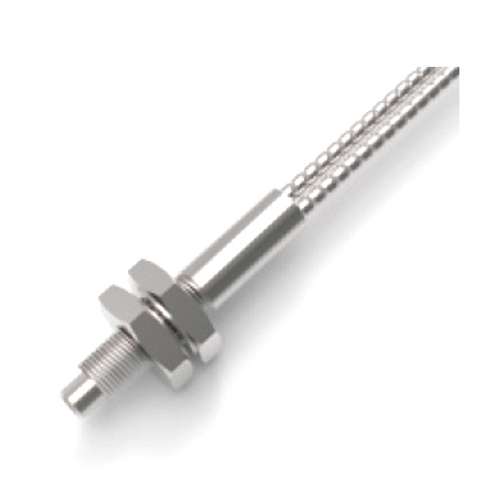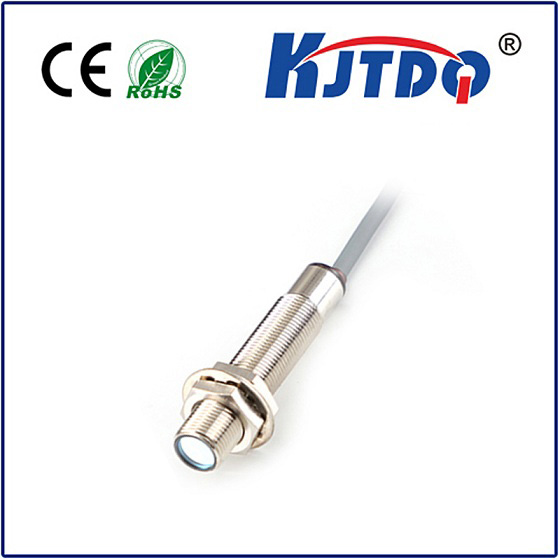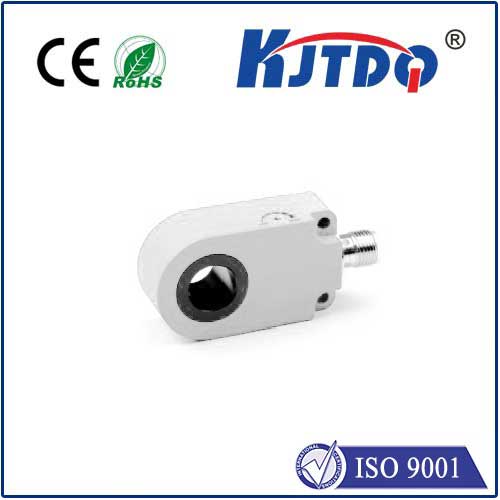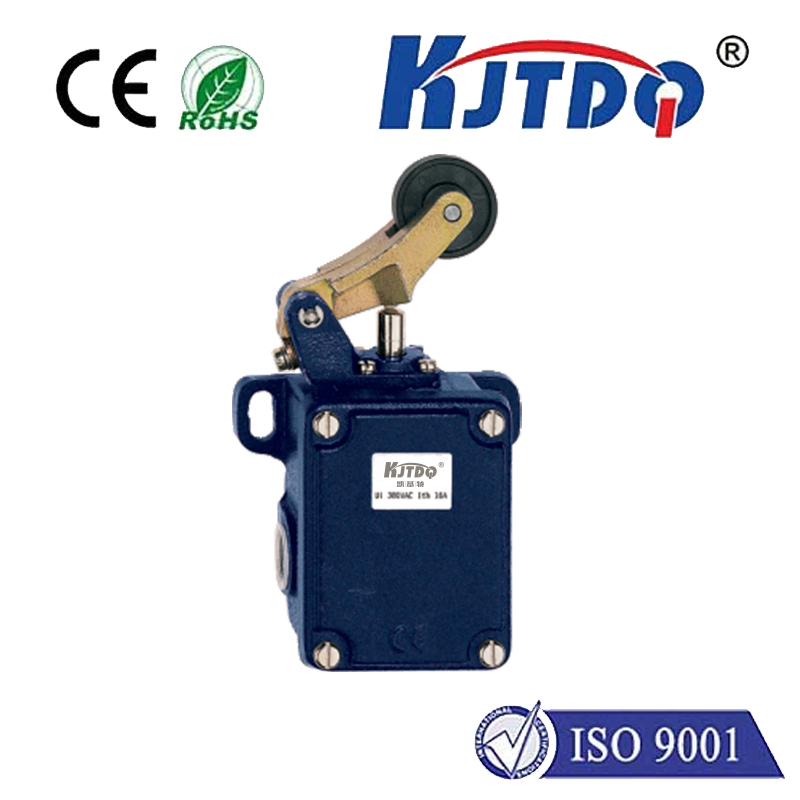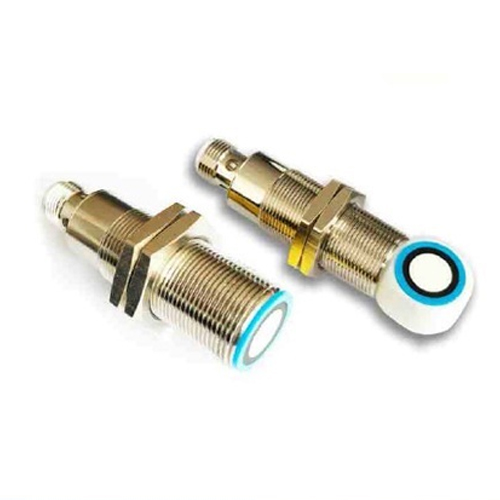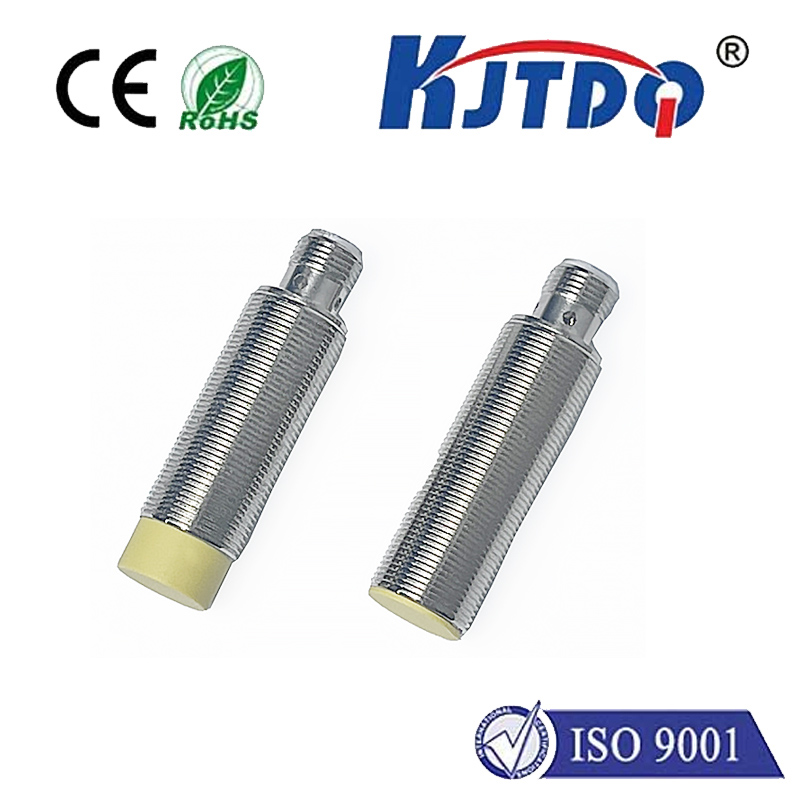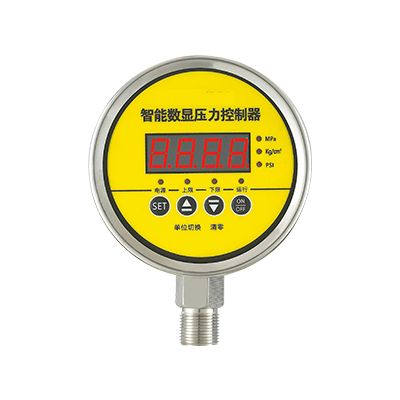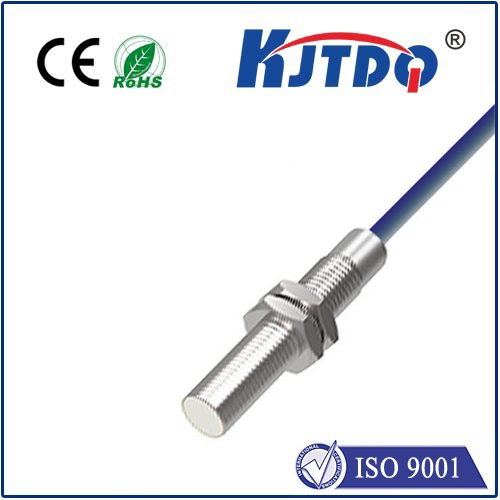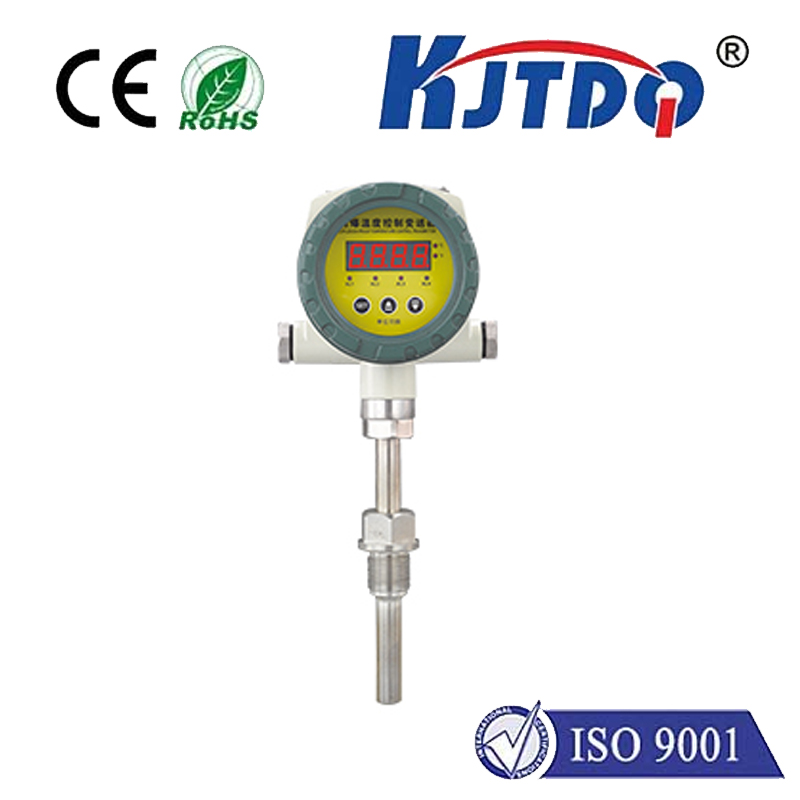cmos laser sensor
- time:2025-09-13 03:05:09
- Click:0
CMOS Laser Sensors: The Silent Revolution Reshaping Precision and Automation
Imagine technology that can see the world not just in pixels, but with pinpoint laser accuracy. Think of devices that map environments in 3D, detect minute movements, ensure perfect robotic assembly, and enable gesture control – all at lightning speed and with remarkable efficiency. This isn’t science fiction; it’s the reality enabled by CMOS Laser Sensors. This powerful fusion of two mature technologies is quietly revolutionizing industries and consumer products alike, driving innovation in automation, safety, AR/VR, and beyond.
At its core, a CMOS Laser Sensor integrates a laser light source with a Complementary Metal-Oxide-Semiconductor (CMOS) image sensor. This combination leverages the strengths of both components. The CMOS sensor acts as the “eye,” capturing light, but unlike conventional cameras capturing ambient light, this sensor is specifically tuned to detect the laser light emitted by its integrated partner. The laser provides a highly controlled, coherent, and often modulated light source.

But how does this translate into meaningful data? The principle hinges on how the sensor interacts with the reflected laser light. Several techniques are prevalent:
- Triangulation: This common method involves projecting a laser dot or line onto a target. The CMOS sensor, offset at a known angle from the laser, captures the position of the reflected dot/line. By calculating the displacement on the sensor relative to a known reference position, the distance to the target point is determined with high accuracy. This is fundamental for profilometry and precise displacement measurement.
- Time-of-Flight (ToF): Here, the sensor measures the time it takes for a short laser pulse to travel to the target and back. Since the speed of light is constant, this time directly translates into distance. Modern CMOS ToF sensors can measure the phase shift of modulated laser light instead of direct pulses, enabling fast, accurate distance measurement for each pixel in the sensor array. This is crucial for LiDAR in autonomous vehicles, SLAM systems in robotics, and 3D scene reconstruction.
- Structured Light: A more complex laser pattern (like a grid or dots) is projected onto a scene. The CMOS sensor captures the deformation of this pattern caused by the scene’s 3D shape. Sophisticated algorithms analyze this distortion to reconstruct a detailed 3D point cloud model of the environment. This powers advanced facial recognition, immersive AR/VR experiences, and industrial inspection.
Why is the CMOS and laser combination so potent? Consider the inherent advantages:
- High Resolution & Accuracy: CMOS sensors offer high pixel density, enabling the capture of fine details and subtle variations in the laser pattern. Combined with laser precision, this allows for micrometer-level measurements and detailed spatial analysis.
- Speed and Frame Rates: CMOS technology is renowned for its high-speed readout capabilities. This allows laser sensors to capture thousands of distance measurements or 3D frames per second, essential for dynamic applications like robot guidance or collision avoidance.
- Low Power Consumption: Compared to alternatives like CCD sensors, CMOS sensors are significantly more power-efficient. This low power draw is critical for battery-powered devices like smartphones, drones, and portable scanners.
- System-on-Chip (SoC) Potential: Both the laser driver and CMOS sensor circuitry can be miniaturized. This facilitates the integration of processing logic, analog-to-digital converters (ADCs), and even basic analysis functions directly onto the sensor chip or into compact modules. This integration reduces size, cost, and complexity for system designers.
- Robustness: The ability to actively illuminate the scene with a laser makes CMOS laser sensors less susceptible to ambient lighting variations compared to passive optical sensors. They perform reliably in challenging light conditions, including darkness or high-contrast environments.
The applications of CMOS laser sensors are vast and continually expanding:
- Industrial Automation: Precise position sensing for robot arms, automated quality control inspecting dimensions and defects, accurate level measurement in tanks, and ensuring component alignment on high-speed assembly lines.
- Consumer Electronics: Enabling facial recognition unlock on smartphones, powering gesture control interfaces, creating immersive depth maps for AR/VR, and facilitating advanced autofocus in cameras.
- Automotive Safety & Autonomy: The backbone of LiDAR systems for self-driving cars and advanced driver-assistance systems (ADAS), detecting obstacles, pedestrians, and other vehicles. Also used for driver monitoring to detect drowsiness.
- Logistics & Warehousing: Critical for automated guided vehicles (AGVs) navigating warehouses, managing inventory via dimensioning systems, and speeding up parcel sorting.
- Robotics: Providing essential environmental perception for mobile robots, enabling simultaneous localization and mapping (SLAM), and obstacle avoidance.
- Medical and Scientific Imaging: Used in advanced microscopy, ophthalmology (retinal scans), and non-destructive testing equipment.
Looking ahead, the evolution of CMOS laser sensors is relentless. We can expect further miniaturization, pushing capabilities into ever-smaller devices. Improvements in laser efficiency and lower power consumption will enhance battery life. Advances in sensor sensitivity will enable longer range detection and operation in more adverse weather conditions. Integration with artificial intelligence (AI) directly at the sensor level (edge AI) will enable faster, smarter, and more autonomous decision-making right where the data is captured, reducing latency and bandwidth requirements. The convergence of higher resolution, lower cost, and sophisticated on-chip processing is unlocking entirely new possibilities.
From the factory floor to the palm of your hand, CMOS laser sensors are proving indispensable. They represent a powerful synergy where the precision control of laser light meets the high-speed, low-power digital imaging capabilities of CMOS technology. This combination delivers the robust, accurate, and fast sensing demanded by the most challenging modern applications. As innovation continues, these remarkable sensors will undoubtedly become even more deeply embedded in the technologies shaping our future, driving progress in automation, intelligence, and our interaction with the digital world. Their silent revolution in precision sensing continues unabated.






